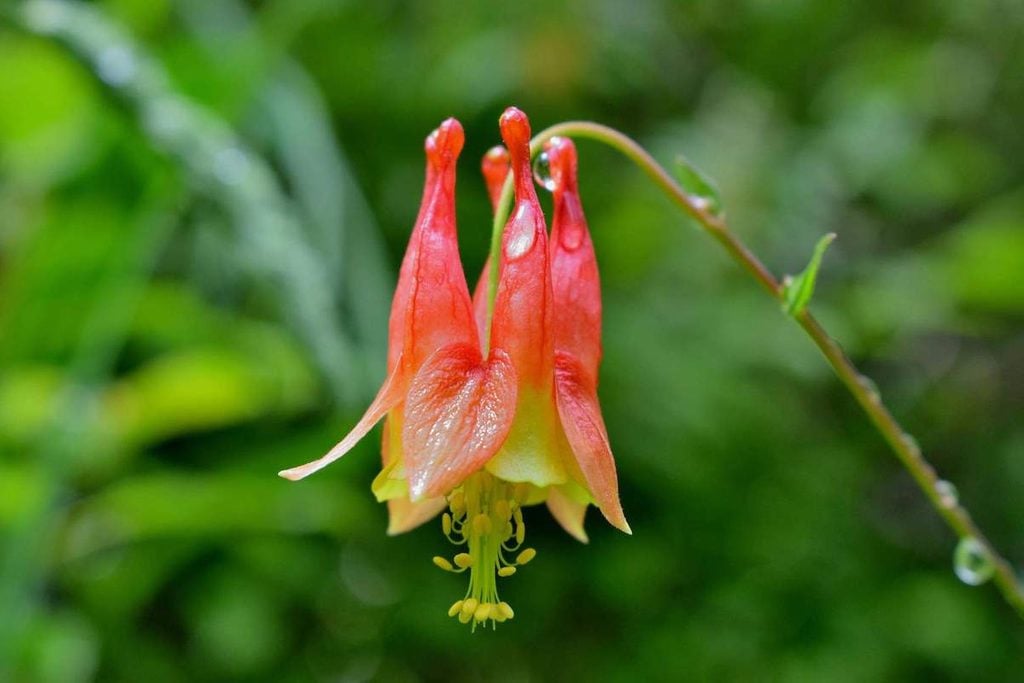
Columbine
Aquilegia canadensis, Zones 3 to 8
Bell-shaped, red and yellow blooms emerge in spring and last until early summer. Grow columbine in full sun to partial shade and well-drained soil. These hummingbird favorite wildflowers, like many, seeds itself to create a colony of flowering plants for you to adore or share with others.
Why we love it: Hummingbirds love these plants, but deer and rabbits tend to leave columbine alone.
Check out the best perennials to grow for hummingbirds.
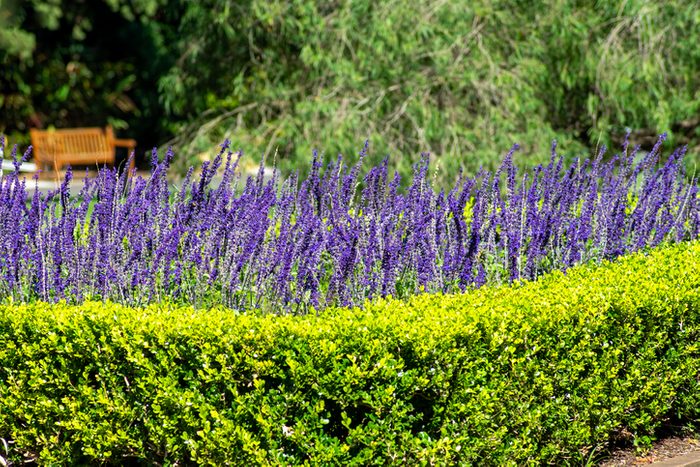
Sage
Salvia spp., Zones 3 to 11, varies with species
There’s a good chance you’re already growing one or more of the 95 North American native salvias. With so many salvia options out there, you’ll want to choose one that works in your zone. For example, mealycup salvia (Salvia farinacea) is a Texas native hardy in zones 7 to 11 but grown as an annual elsewhere.
Why we love it: These plants, hummingbird magnets, come in several colors. Arizona sage has deep blue flowers, Texas sage has bright red flowers and Gregg’s sage has white, pink or red flowers.
Check out the top 10 salvias to grow for hummingbirds.
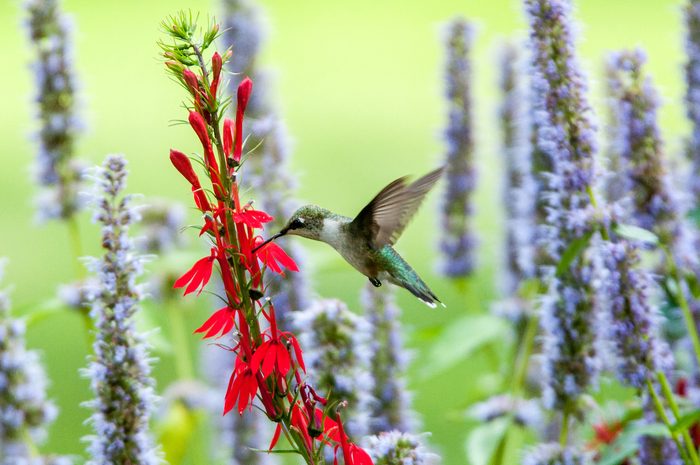
Cardinal Flower
Lobelia cardinalis, Zones 3 to 9
Brighten up the summer garden with colorful spikes of scarlet red, white or rose flowers. Watch for butterflies that will also stop by for a visit, while the rabbits will usually pass on by. Add a few touches of blue to the garden with its close relative giant blue lobelia (Lobelia siphilitica).
Why we love it: Cardinal flowers are ideal for challenging growing conditions, like those in partial shade with moist to wet soil.
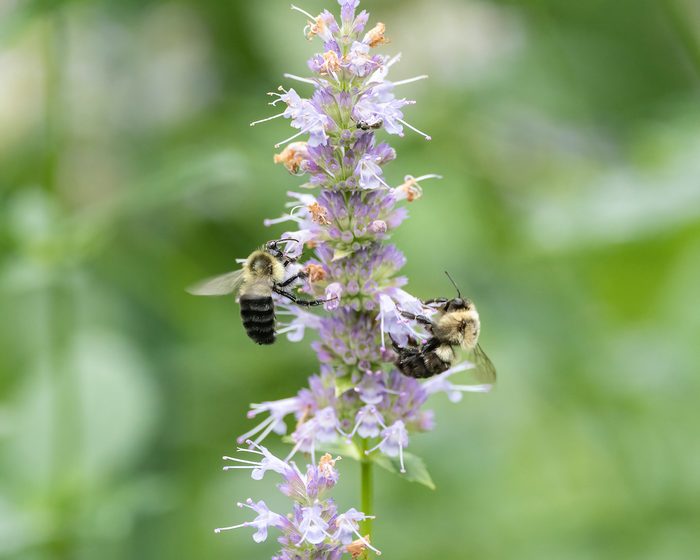
Anise Hyssop
Agastache foeniculum, Zones 4 to 8
The anise-scented leaves inspired the common name of this summer bloomer. It thrives in full sun or part shade and well-drained to dry soil. You’ll want to give this 2- to 4-foot plant plenty of room to spread because it readily reseeds.
Why we love it: The lavender flowers also attract butterflies and bees, but deer tend to let it be.
Hummingbirds will flock to a hummingbird mint plant.
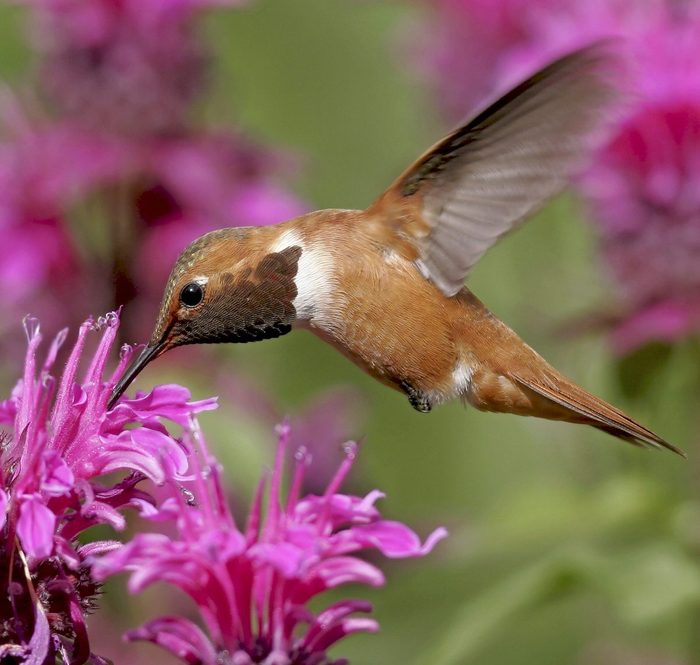
Bee Balm
Monarda spp., Zones 3 to 9
Rows of red or purple tubular flowers top bee balm’s 2- to 4-foot stems throughout summer. Grow this vigorous self-seeder in full sun or partial shade, allowing it plenty of room to expand. The leaves are fragrant when crushed and can be used for tea.
Why we love it: Bee balm attracts a lot of backyard wildlife—hummingbirds, butterflies and bees. Plus, the plants grow successfully near black walnut trees.
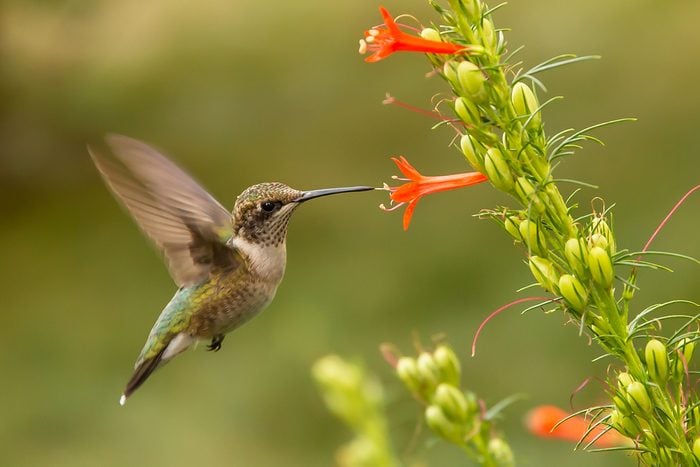
Scarlet Gilia
Ipomopsis rubra, Zones 5 to 9, Biennial
Watch this plant transform from a mat of feathery foliage the first year to tall stems with finely dissected leaves and tubular red flowers the second year. Also known as standing cypress or Texas plume, gilia thrives in full sun and well-drained to dry soil.
Why we love it: Scarlet gilia is a biennial that seeds itself, rewarding you with gorgeous flowering plants for many years.
We found the top 10 best hummingbird bushes to grow.
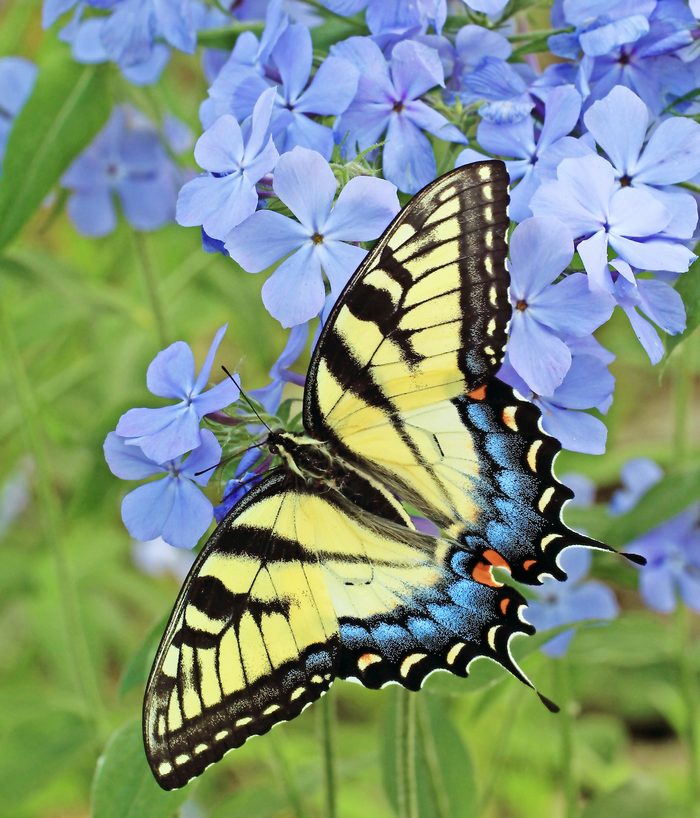
Woodland Phlox
Phlox divaricata, Zones 3 to 8
Here’s one of the best hummingbird wildflowers for the shadows. Grow woodland phlox in partial or full shade and moist, well-drained soil. Once established, it tolerates drought but does best if you mulch during hot summer months. To reduce the risk of powdery mildew, trim the stems back after the flowers die off.
Why we love it: The rose, lavender or violet-blue flowers are lightly fragrant.
Discover more hummingbird plants that grow in shade.
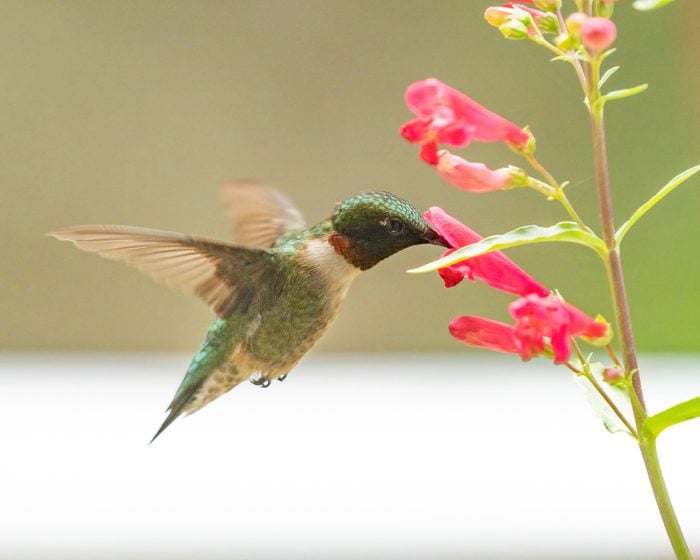
Beardtongue
Penstemon spp., Zones 3 to 10, varies with species
You’ll find native penstemon in every state (except Hawaii) and Canadian province. Many varieties bloom in late spring through early summer while others provide nectar and color from summer until fall. Most of these hummingbird wildflowers tolerate drought. Before growing beardtongue, find one that’s native to your area and suited to your growing conditions.
Why we love it: Red beardtongue (Penstemon barbatus) is valuable to beneficial insects and attracts large numbers of native bees.
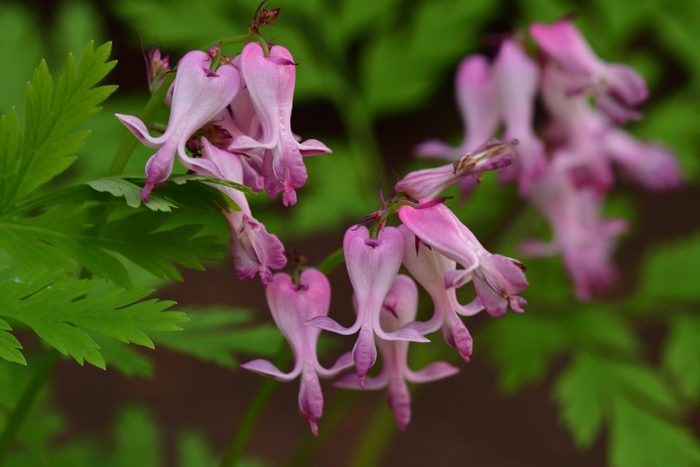
Fringed Bleeding Heart
Dicentra eximia, Zones 3 to 9
You may be surprised to learn this landscape plant is native to the eastern U.S. It blooms later than the larger common bleeding heart, which is native to Asia. The rosy to purplish-red flowers appear in late spring and continue through midsummer on 12- to 18-inch plants. Grow fringed bleeding heart in partial shade and moist soil for best results.
Why we love it: The fern-like gray-green leaves on these hummingbird wildflowers stay intact and add interest throughout the growing season.
Psst—hummingbirds can’t resist fiery crocosmia flowers.
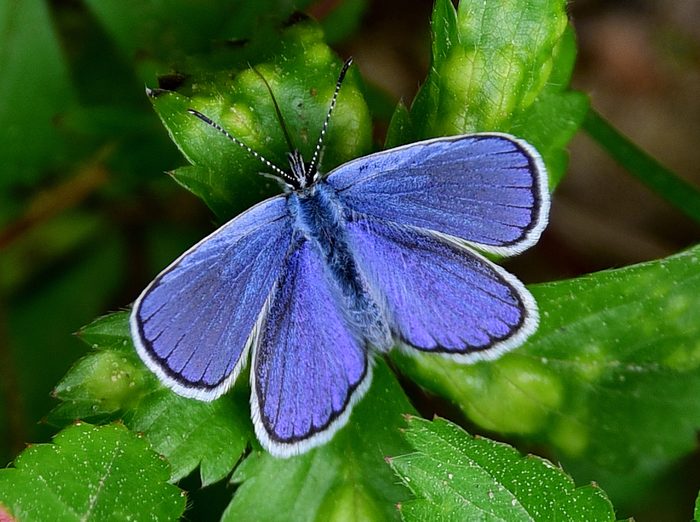
Lupine
Lupinus, Zones 3 to 8
There are over 200 species of lupines, most of which are native to North America. You can find bluebonnets in Texas, annual sky blue and yellow lupines in California, blue pod lupines in the Pacific Northwest and British Columbia, and wild blue lupine throughout much of the country.
Why we love it: While hummingbirds love the wildflowers, birds and small mammals eat the seeds. Karner blue and frosted elfin butterfly larvae feed on the foliage.
Next, check out the top 10 vines to grow for hummingbirds.
